What Types of Monstera Plants Safe to Grow in an Aquarium?
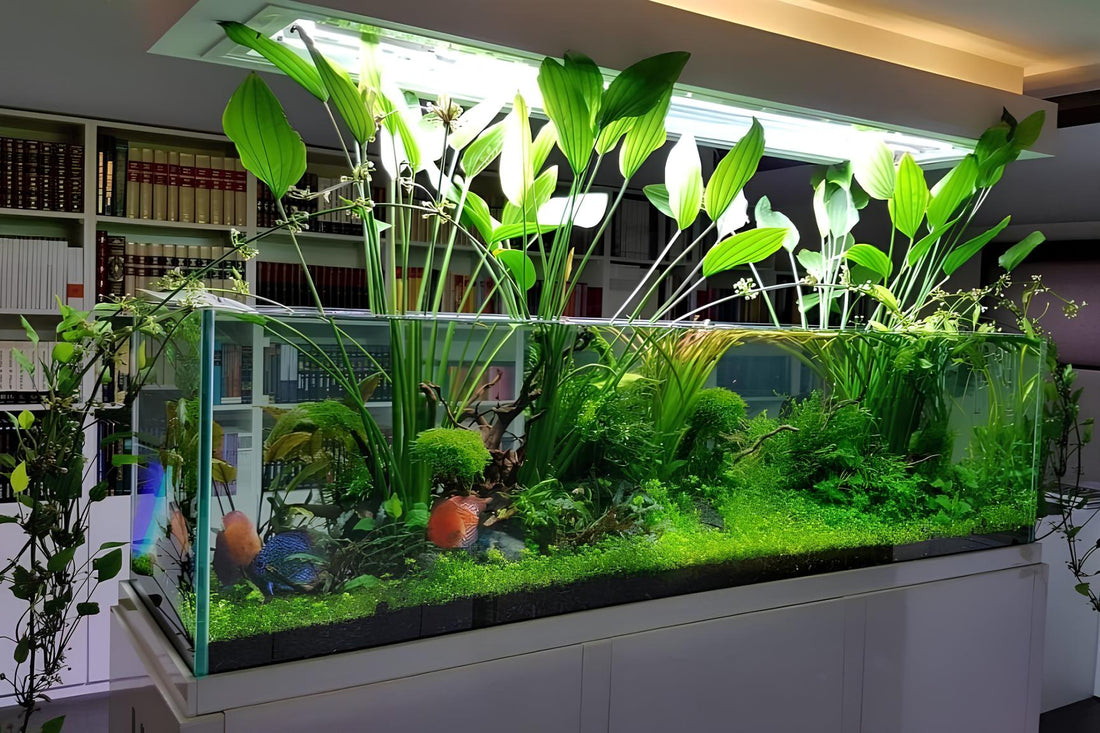
Contents
Alright, let’s dive right into the world of Monsteras.
These beauties have been lighting up homes, offices, and social media feeds with their striking leaves and tropical vibe.
But when it comes to growing them in aquariums, things get a little trickier. Not all types of Monstera are safe or suitable for aquarium life, especially since Monsteras come from humid, tropical regions and are typically not true aquatic plants.
So, if you're thinking about adding some Monstera magic to your aquarium, let’s get into which types will actually work and how to care for them.
Can Monstera Plants Live in Aquariums?
First things first: Monsteras aren’t true aquatic plants.
That means they won't live their best lives fully submerged under water like a traditional aquarium plant.
What some hobbyists do, though, is use them in paludariums or have their roots submerged in aquariums while keeping their leaves above water.
Monsteras can tolerate their roots being wet as long as they aren’t drowning in a closed environment.
So, if you’re hoping to give your aquarium a lush, jungle-like look with a Monstera, you’ll need a setup where the plant’s roots are submerged, but its leaves are free to breathe the open air.

Monsteras can thrive with their roots submerged while leaves stay above water.
Are Monsteras Safe for Aquariums?
It kind of depends.
Monsteras have something called calcium oxalate crystals, which can irritate if fish eat them. So, they’re not the best choice if you have fish that like to munch on plants.
But if you have fish like bettas, guppies, or even shrimp, Monsteras can be pretty safe as long as their leaves stay out of the water. Just keep an eye on any fish that might try to take a bite.
Now, let’s look at the best Monstera types for your aquarium. Here are some popular Monsteras and how they can fit into your tank setup.
Types of Monstera Plants Safe for Aquariums
Not every Monstera can thrive in an aquarium, but some types are up for the challenge. Check out these species that people have successfully grown in their tanks or semi-aquatic setups.
1. Monstera Adansonii (Swiss Cheese Vine)

Monstera Adansonii, often called the Swiss Cheese Vine, is a favorite among indoor plant lovers. Its small, hole-filled leaves give it a distinct look, and it does great in humid settings. This plant is compact, making it a solid choice for smaller tanks. It loves to climb, which makes it perfect for setups where it can attach to driftwood or rocks.
Why It Works: Monstera Adansonii can handle having its roots in water, though the leaves and stems need to stay dry to avoid rot.
Care Tips: Place the roots in shallow water and keep an eye on them for any signs of rot. Give it indirect light to prevent yellowing leaves. Trim it down every so often to manage its growth.
Aquarium Setup Tips: Put the roots in shallow water and add a moss pole or driftwood for it to climb. This adds a natural look to your tank and keeps the leaves safely above water.
2. Monstera Deliciosa (Split-Leaf Philodendron)

Yes, the big guy can work too. The Monstera Deliciosa is known for its big, split leaves that give a room that jungle-like feel.
While it’s more commonly seen in homes as a houseplant, some aquarium enthusiasts have managed to grow it with its roots submerged. Just remember, this plant needs space – it’s called deliciosa for a reason because it loves to spread out.
Why It Works: This plant is a climber, but it can grow with its roots in water without much fuss. Similar to the Deliciosa, Adansonii's leaves should stay out of the water. The roots, however, are happy to be submerged, and they’re generally strong enough to handle the conditions in an aquarium.
Care Tips: Keep it in indirect light, and give it something to climb on if you can. You might see the roots growing around the tank if it’s thriving. Trim it down if it gets too long or if the roots are overtaking the tank.
Tips for Aquarium Setup: This one needs more stability, so anchoring it to a sturdy substrate or rock will help. Make sure only the roots are submerged, and keep the leaves above water. It also enjoys indirect light, so avoid putting it right under bright lights.
3. Monstera Siltepecana

Monstera Siltepecana is loved for its silver-flecked, dark green leaves that add a bit of flair and contrast to aquarium setups. This Monstera is adaptable and prefers a humid environment, making it ideal for paludariums or aquariums where moisture levels are high.
Why It Works: This Monstera can thrive with its roots submerged, while the rest remains above water. It’s hardy enough to handle the damp conditions of an aquarium without too much fuss, provided it’s not fully submerged.
Care Tips: Like other Monstera species, Siltepecana prefers indirect light and does well in humid, moderate light conditions. Avoid exposing it to strong light directly over the tank, which can stress the leaves.
Tips for Aquarium Setup: Place its roots in shallow water with support nearby for climbing. It does well with high humidity, but ensure water doesn’t reach the leaves, as this can lead to rot.
Can Monsteras Replace Traditional Aquarium Plants?
Not quite.
While Monsteras can create a cool jungle vibe for your aquarium, they don’t do the same heavy lifting as fully submerged aquatic plants.
Aquarium plants like Anubias, Java Fern, and Amazon Sword actively filter the water, helping maintain a balanced environment. Monstera, on the other hand, is mainly there for aesthetics and a bit of extra filtration through its roots.
Think of Monstera as an addition, not a replacement.
It can add visual appeal and work as a small bio-filter, but you’ll still want true aquatic plants if you’re after water quality benefits.

Combining Monstera with traditional aquatic plants enhances both aesthetics and water quality.
How to Care for Monsteras in an Aquarium
Caring for Monstera plants in an aquarium isn’t difficult once you get the basics down. Once you get the hang of it, it’s pretty chill.
Here are some easy tips to keep your Monstera plants thriving:
|
Keep the Water Clean Dirty water can mess up the roots, so make sure to do regular water changes. Try to refresh the water every week or two to keep everything healthy. |
Watch the Roots Keep an eye on the roots to make sure they’re healthy. If you see any mushy or brown roots, trim them off and change the water to prevent root rot. |
|||
|
Go for Indirect Light Monsteras like bright light but not direct sunlight. Too much can make the leaves turn yellow, and too little can slow down their growth. Find a nice spot with indirect light for them. |
Use a Bit of Fertilizer While your fish do provide some nutrients through their waste, you might need to add a little aquatic plant fertilizer. Just don’t overdo it, as too much can be bad for your fish. |
|||
|
Trim When Needed Monsteras can grow fast, so keep an eye on them and trim back any overgrown parts. This helps keep the plant in check and prevents it from taking over your tank. |
||||
Bring Home the Perfect Monstera and Aquarium Setup with TropicFlow
Ready to create a stunning, lush aquarium that combines the beauty of Monsteras with an incredible underwater world? TropicFlow has got you covered!
From variegated Monsteras that add an eye-catching touch to your tank to a carefully curated aquarium fish collection, you’ll find everything you need to build a unique, semi-aquatic ecosystem.
At TropicFlow, we’re all about helping you craft an aquarium that feels like a piece of the tropics right in your own home.
Head over to TropicFlow’s Monstera Collection to explore different Monstera varieties that are perfect for semi-aquatic setups.
No comments

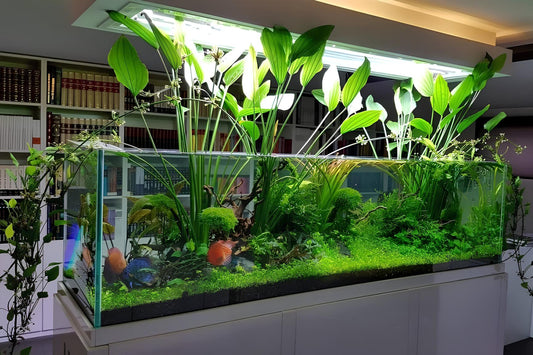
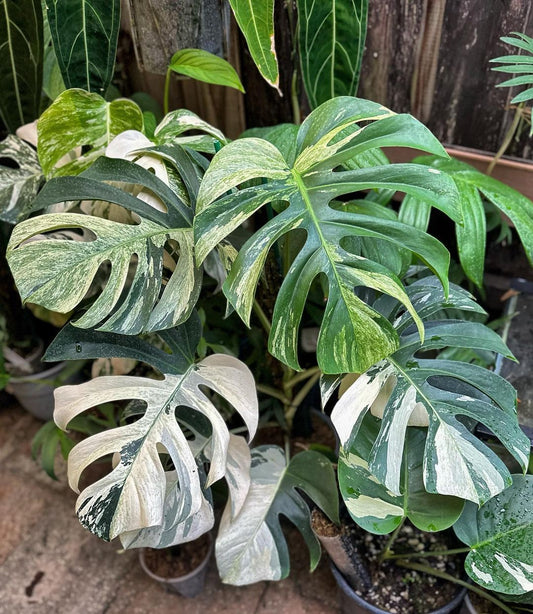
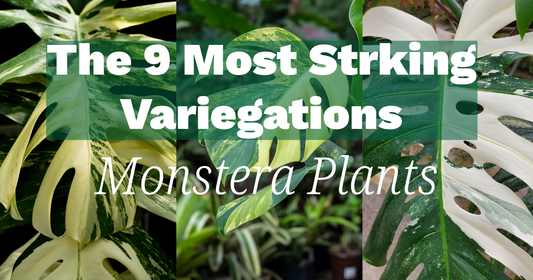
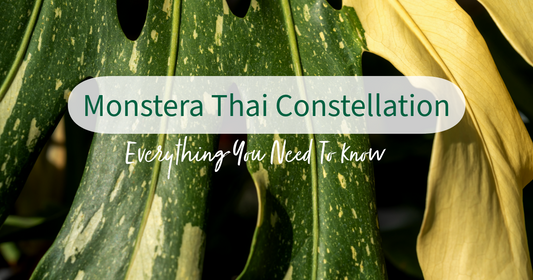


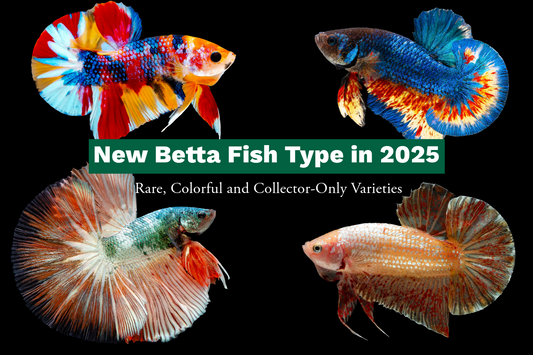

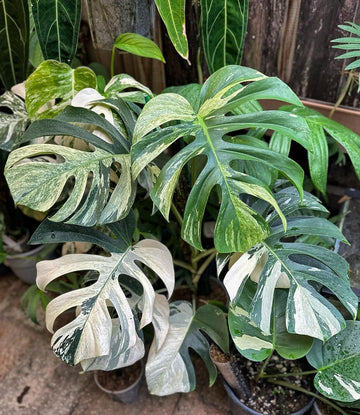
0 comments